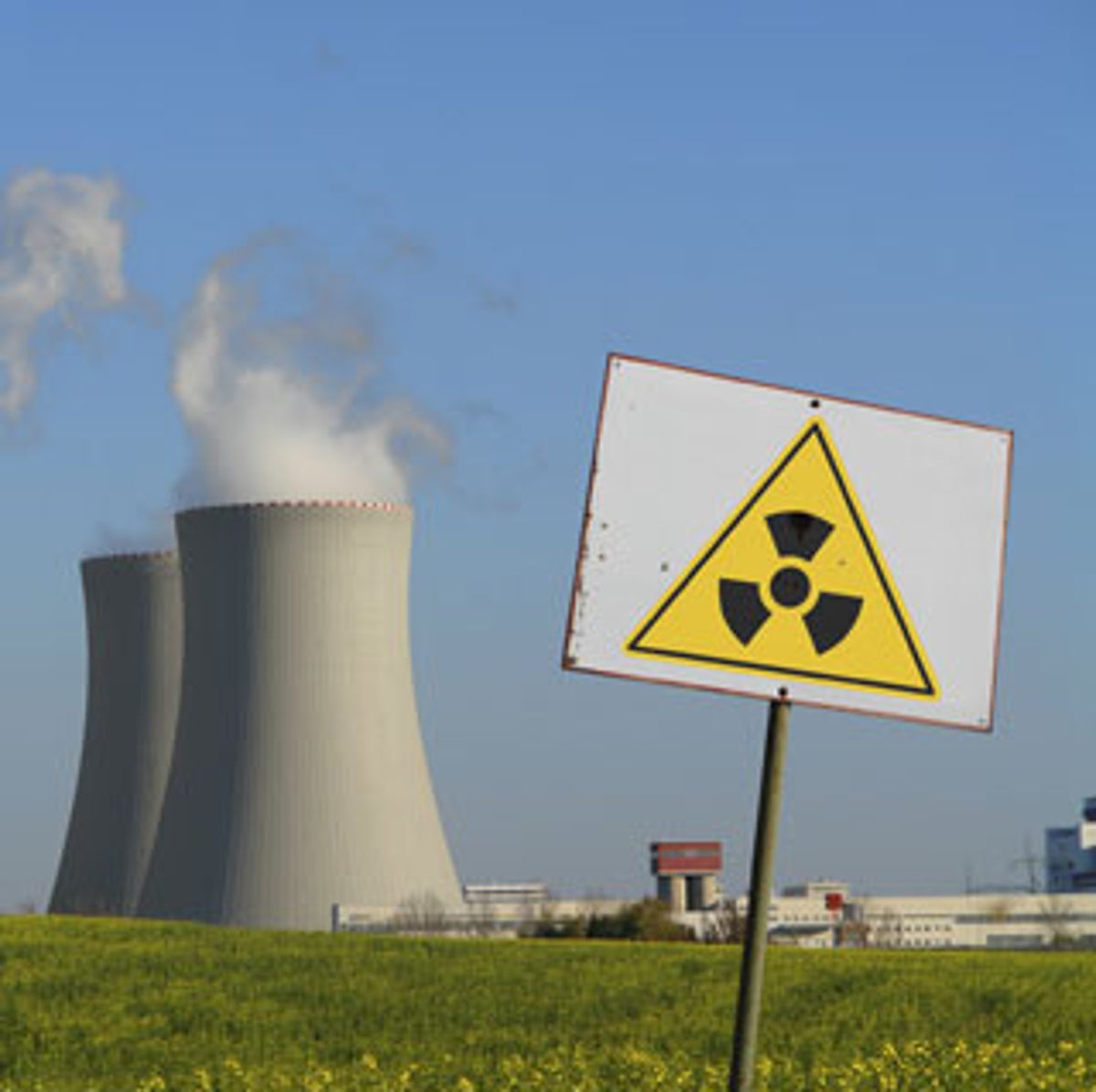Hedges
I See Electromagnetic Fields!
- Joined
- Mar 28, 2020
- Messages
- 20,695
Considering how inept governments have been, I don't mind any of the 8 things on the Gates Foundation Diabolical List (NIH report):
Goal 1: Eradicate extreme poverty and hungerGoal 2: Achieve universal primary educationGoal 3: Promote gender equality and empower womenGoal 4: Reduce child mortalityGoal 5: Improve maternal healthGoal 6: Combat HIV/AIDS, malaria and other diseasesGoal 7: Ensure environmental sustainabilityGoal 8: Develop a global partnership for development
Doing everything humanly possible to prevent unnecessary death ...
And nothing at all to prevent unnecessary birth??
If so, the man is pure evil, will bring about far more human suffering than anyone else ever.




